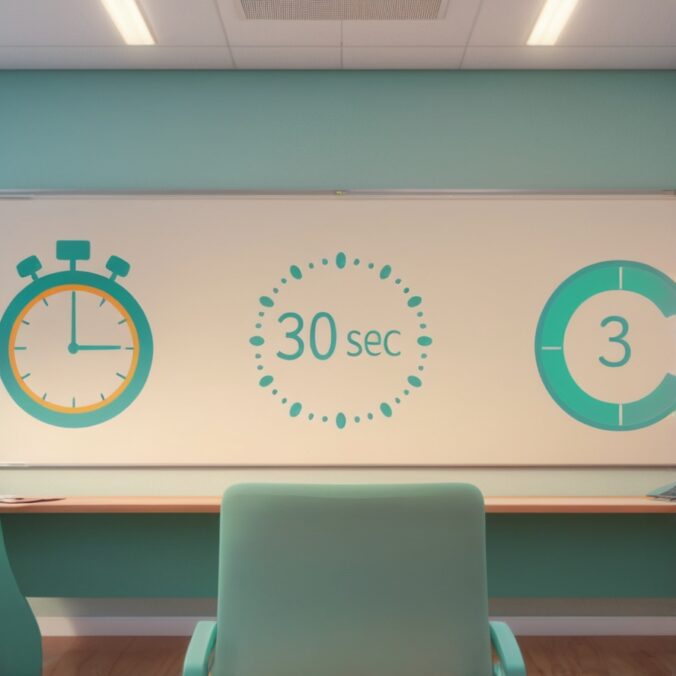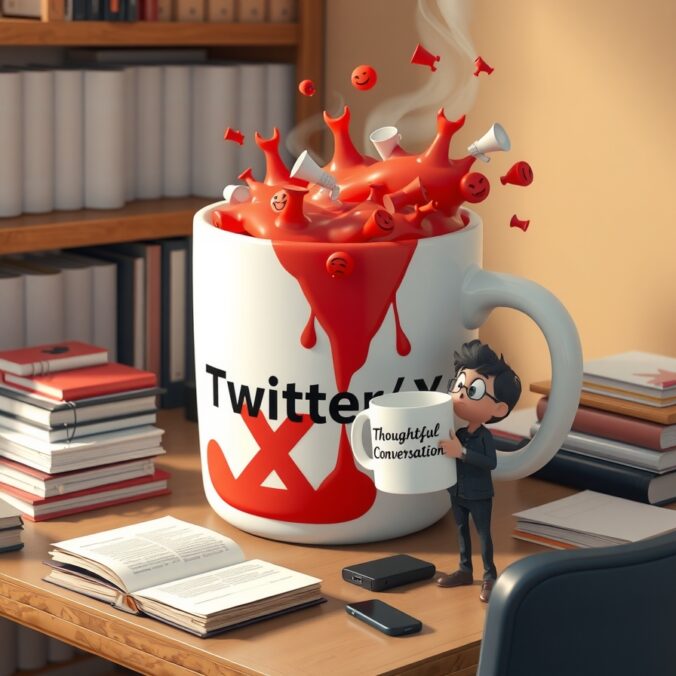As companies (like my clients) finalize their 2025 marketing strategies, many are asking whether LinkedIn still warrants a dedicated line in the budget. Once a critical space for B2B visibility and thought leadership, the platform now faces new competition, rising costs, and declining returns for some sectors. Plus, it seems like hardly anyone actually works there.
It seems like for every reason to keep it, there’s an equally valid one for abandoning it.
Read more: Does LinkedIn Still Belong in 2025 Marketing Budgets?
Engagement Is Still Strong—But Flattening
For B2B marketers, LinkedIn has historically been unmatched in terms of audience intent. But engagement metrics suggest the platform may be nearing a plateau. According to LinkedIn’s own Benchmark Report, click-through rates on thought leadership posts declined year over year:
Meanwhile, a June 2024 Socialinsider study found carousel posts remained the most engaging format, especially for professional services firms. Short videos, once seen as a growth area, now underperform outside of HR or recruitment content.
The Cost Equation Is Shifting
Advertising on LinkedIn remains expensive—often prohibitively so for performance marketers. Wordstream’s Q3 2024 report shows stark differences in average CPM:
- LinkedIn: $38.12
- Meta (Facebook/Instagram): $14.74
- TikTok: $8.91
For campaigns focused on lead generation or direct conversions, the ROI may be difficult to justify compared to cheaper alternatives.
When LinkedIn Still Delivers
Despite those challenges, LinkedIn still drives value for certain brands—particularly those with high-ticket offerings or a professional audience. Sectors continuing to see returns include:
- SaaS and enterprise software
- Management consulting
- HR technology and recruiting firms
- Financial services
- Executive coaching and leadership training
These industries benefit from the trust and credibility that LinkedIn still holds with decision-makers.
For Consumer Brands, Less Justifiable
For lifestyle or direct-to-consumer brands, LinkedIn rarely makes sense. The professional context limits emotional storytelling, and users are less receptive to brand content unless it’s tied to employment, entrepreneurship, or career development.
Even brands experimenting with employer branding and culture posts are seeing limited traction unless the content is truly unique or backed by a hiring initiative.
A Tighter, Smarter Approach
LinkedIn isn’t dead, it just isn’t automatic. Marketers should reevaluate its role based on goals, cost, and audience fit. For brands that use it well, the platform can still offer high-quality engagement. For others, 2025 may be the right year to scale back and reinvest in channels with broader reach and better value.







